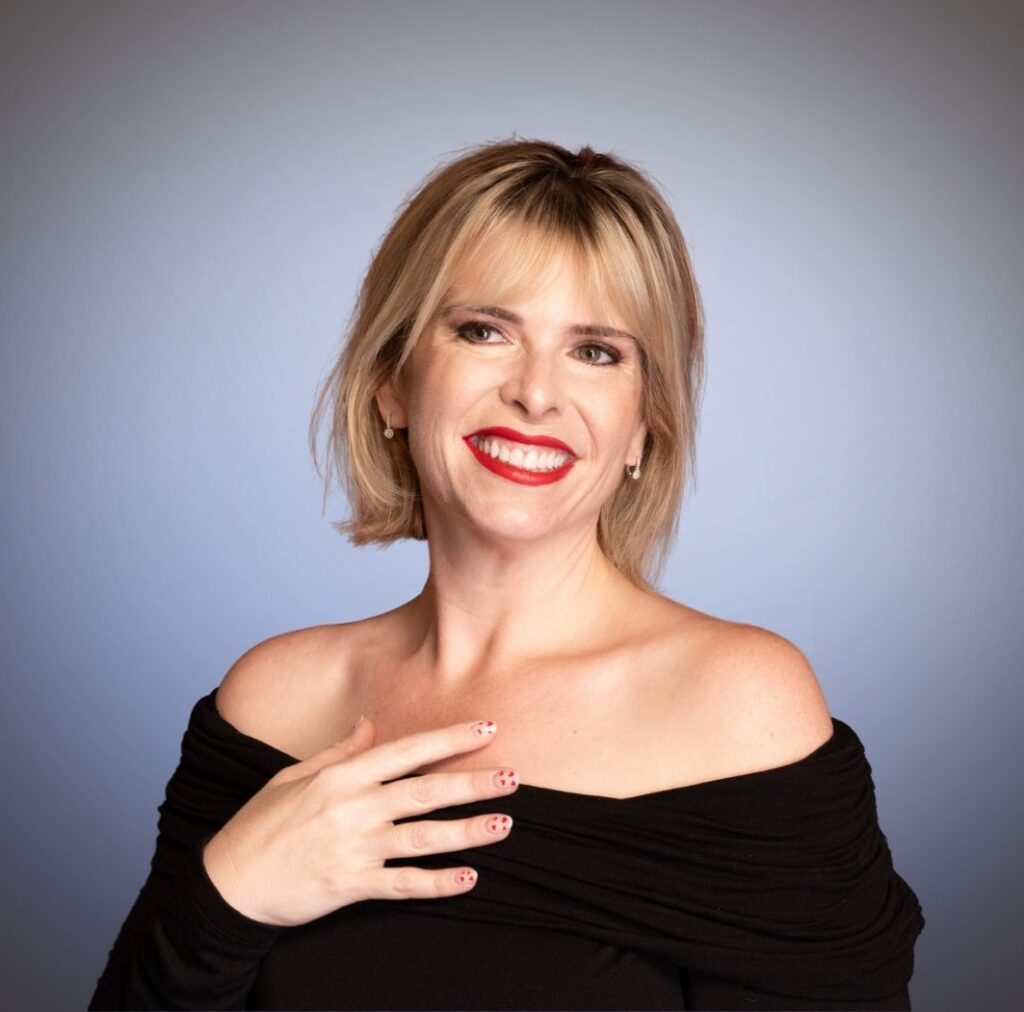Lake Bled looked effortless. But I bled sweat and tears.
This week in Slovakia, I visited Lake Bled with a friend. People were gliding across the water, smiling, and rowing with one hand like they were born for it. I told my friend, “Let’s rent a boat. I’ll row, I’ve got this.” The fact was, I’d never used a rowboat before—but how hard could it be?
Turns out, very hard. The oars were stiff, the boat barely moved, and I kept zigzagging across the water like a drunk duck. Halfway to the island, my arms were already aching. After what felt like an eternity—but really was only twenty minutes—we landed on the island. I was ready for a break.
But the break didn’t last long, because we had to return the boat. My friend offered to row, and I heard myself say, “No thanks, I’ve got this.” Somewhere, deep in my brain, I believed that accepting help made me weak.
I grew up with a strong mother who carried her own suitcases and fixed things in the house herself rather than asking for help. That mindset shaped me. So I rowed. And rowed. And rowed. A sweaty mess, water running down my back, trying to prove something no one was asking me to prove.
That’s when I realized: this is how I used to lead Gorilla Stationers in the beginning. Doing it all. First in, last out. Trying to earn respect by powering through everything alone. Believing that, as the boss, I had to look strong and prove it was my business.
It took me a decade to understand: entrepreneurship isn’t rowing harder—it’s knowing when to hand over the oars while still owning the journey.

You Might also like
-
Audio Example
The Big Oxmox advised her not to do so, because there were thousands of bad Commas, wild Question.
-
Why Every Founder Needs an Organizational Chart
Most founders I know don’t actually have one job, they have three. Or five. Or ten. I’ve been there myself: one hat for sales, one for operations, one for HR, and another for customer service (all before lunch)
What does that mean for hiring? Too often, when we try to hire in the middle of that chaos, we end up writing job descriptions based on our overwhelm, not on a clear map of the company. That’s why coaching systems like EOS, Bloom Growth, and Scaling Up all push leaders to build an organizational (or accountability) chart.
I used to think: how boring. Until I realized it’s not just a chart, it’s a mirror.
When I first drew mine, I suddenly saw:
-
I was holding three roles.
-
Some teammates were holding half a role.
-
And some roles didn’t even exist.
Once that truth was on paper, I was finally able to play the jigsaw puzzle, moving responsibilities left, right, up, and down until every role made sense (and I had less on my plate).
Only then can you:
✔️ Write job descriptions that actually stick
✔️ Carve out tasks without leaving holes
✔️ Stop hiring “a warm body to do stuff”Most small companies never do this exercise. But the ones who do unlock a level of clarity that makes scaling possible.
Have you ever done the organigram exercise? What surprised you most when you saw your company on paper?
 Post Views: 156
Post Views: 156 -
-
American Singer
The Big Oxmox advised her not to do so, because there were thousands of bad Commas, wild Question.




